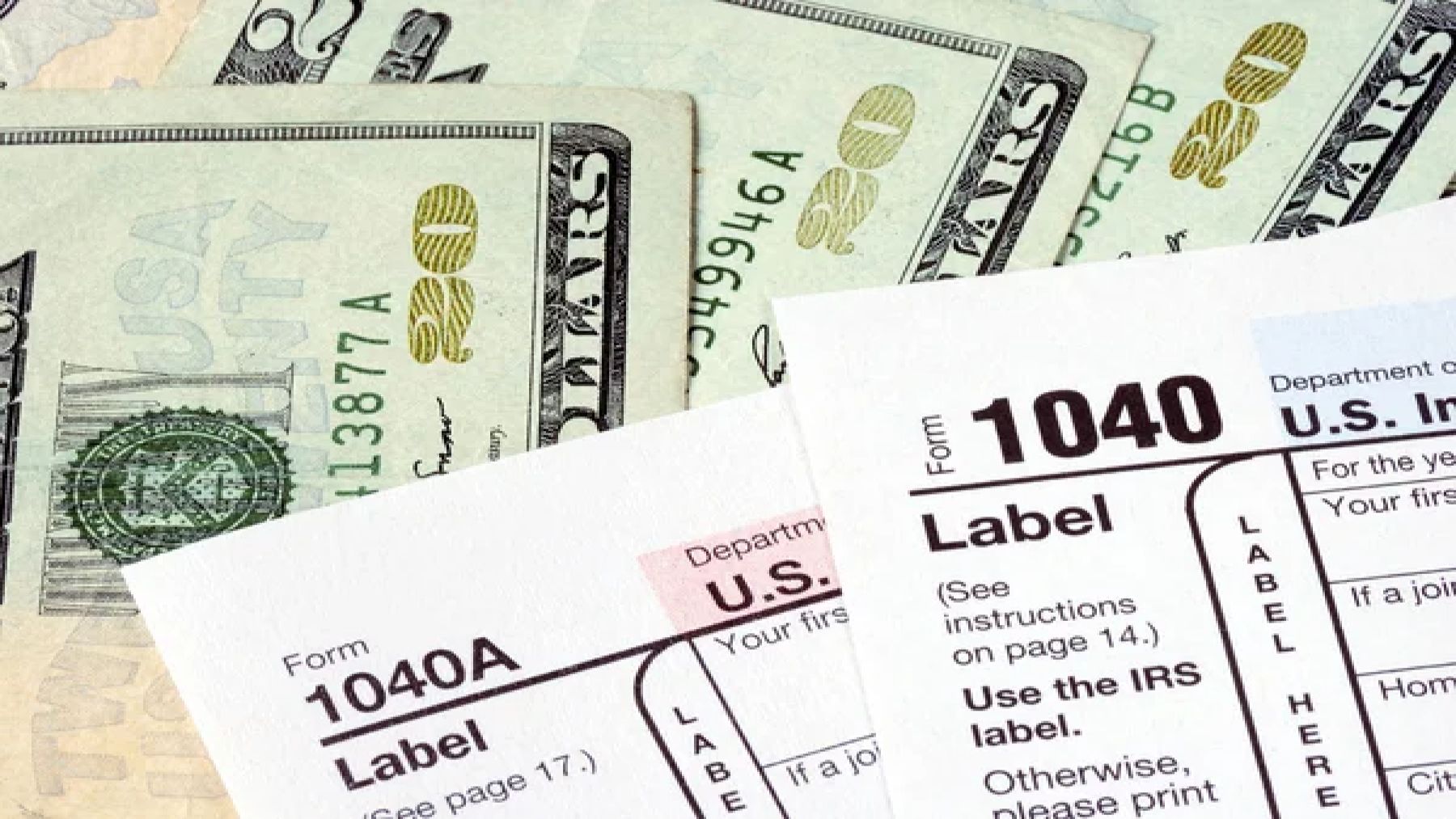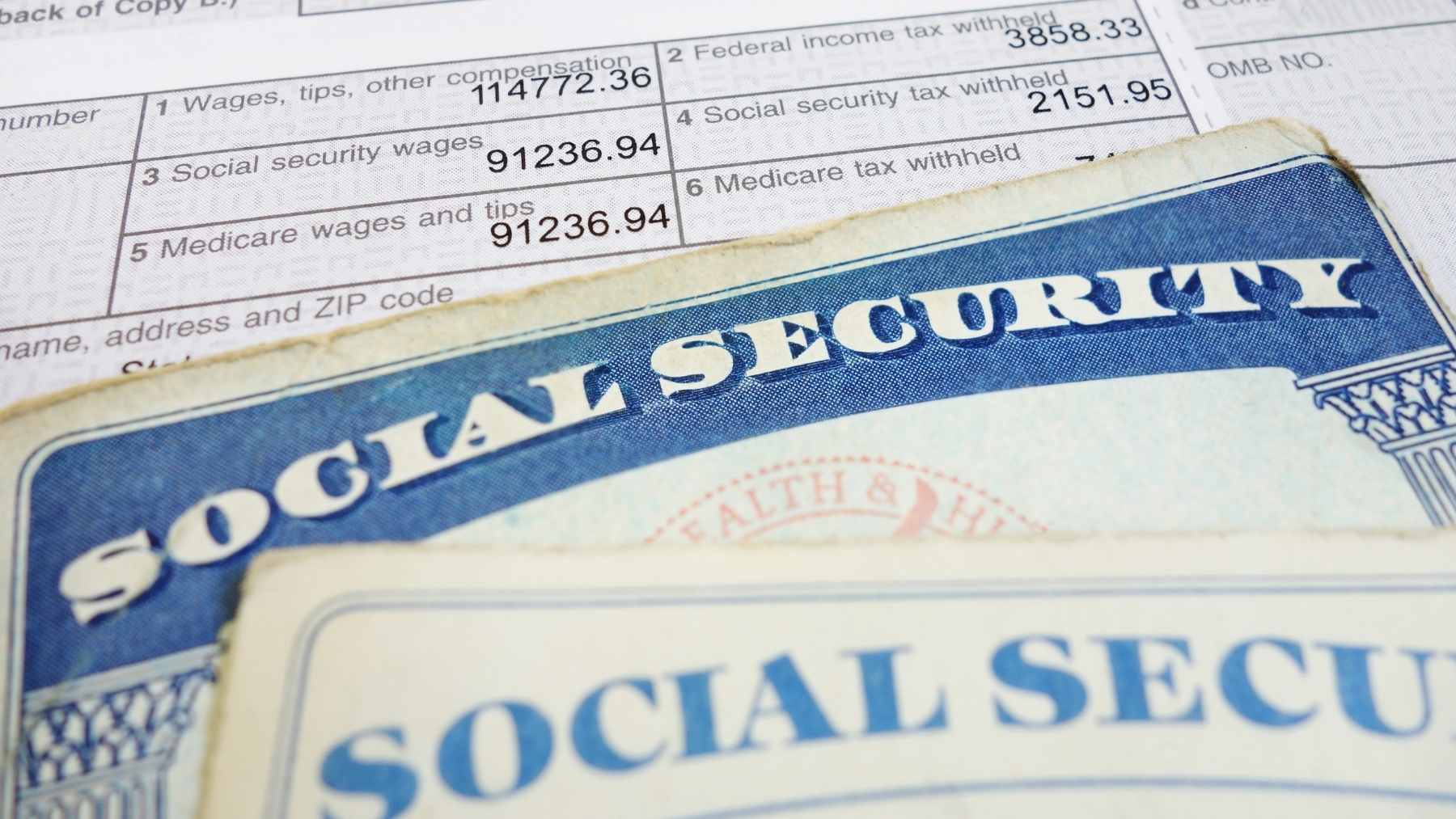With the tax season officially coming to a close for the 2024/2025 fiscal year last month, many taxpayers can soon start to receive a refund from the Internal Revenue Service (IRS). Generally speaking, a significant number of taxpayers will receive a refund for their federal income taxes. Refunds can be a great source of a financial boost straight out of tax season, offering some relief for those who have a higher tax refund than others. However, it is important to remember that a refund is not guaranteed.
Why do income tax refunds occur after filing your return?
Generally speaking, most people pay their taxes to the IRS through their employer. Each month, a portion of your income is deducted from your salary and submitted towards your taxes. When you file your income taxes at the end of the fiscal year, the IRS then reviews how much you paid in taxes compared to how much you actually owe them. This method means that some people have been overpaying their income tax. This is also why it is important to always file your income tax, even if you are paying tax throughout the year.
Additionally, it is necessary to file your income as some people receive income through sources outside of their employer, such as through assets and investments, which you need to pay tax on. Some refunds also occur for taxpayers through tax credits. These credits reduce your overall tax liability to the IRS and sometimes can be refundable. The Child Tax Credit and the Additional Child Tax Credit are two of the most utilized credits by families each year.
When can I expect my refund if my tax return is accepted?
The IRS recommends that you use the IRS “Where’s My Refund?” tool to help you track the status of your refund. If you are sure that you are guaranteed a refund but still have not received it, and the tool indicates that you are due for a refund, you may receive it by the end of this week if the following applies to you:
- You submitted your return by mail
- You opted for a mailed check as the method of deposit for your refund
These two methods of filing often result in the slowest delays, usually about two months. If you filed towards the end of the tax season before the April 15 deadline, this means that the maximum amount of time you will have to wait for your refund if you chose these two methods of filing would be to wait until mid-June. According to IRS official May 9 statistics, the average refund for taxpayers this year was $2,939, which is an increase from last year.
Why might my refund be withheld, and how can I resolve it?
If you submitted your returns towards the beginning of the tax season and still have not received a refund, there are a variety of reasons why your refund has been held. This is often due to you still owing federal or state debt through unpaid state or federal income tax. Your refund or tax credit could also be withheld if you have unpaid child support or have defaulted on your student loans.
If you are sure that you are expecting a refund from the IRS, it is best advised to contact them to understand why your refund has been withheld. Whenever there is confusion regarding your taxes, it is important that you always seek communication and assistance from an IRS official, particularly when it comes to filing your taxes and claiming tax credits. If you have not yet filed, it is important to do so as soon as possible and to contact the IRS to help formulate a plan to help pay your income tax if you have not yet paid it.













